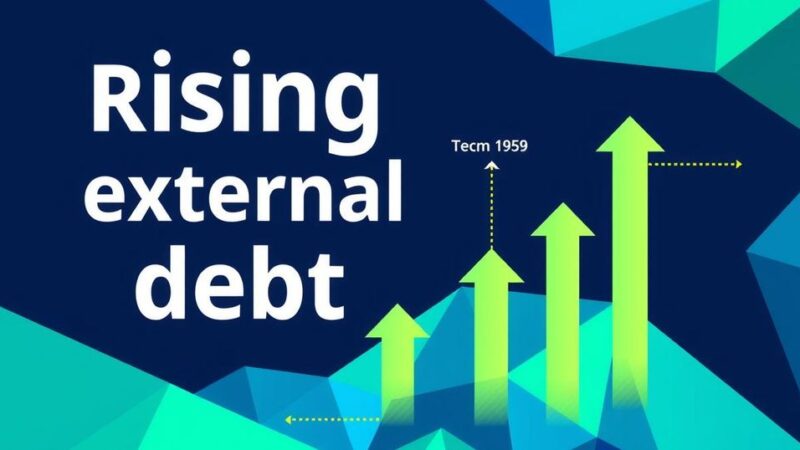The upcoming German election reveals significant voter discontent, with only 40% finding Friedrich Merz suitable as chancellor. This dissatisfaction arises amidst economic challenges and immigration debates, leading to a polarized electorate. Five insightful charts will further illustrate the trends shaping the election’s outcome.
The upcoming German election, scheduled for February 23rd, faces significant voter dissatisfaction. Current leader of the Christian Democrats (CDU), Friedrich Merz, is deemed suitable for the chancellorship by only 40% of the populace, indicating widespread discontent. Compounded by a contracting economy and contentious immigration debates, these factors have fostered pronounced divisions among voters. The following five charts will elucidate the pivotal trends influencing this election’s outcome.
In summary, the German election on February 23rd is being shaped by a confluence of discontent towards current political candidates, economic decline, and immigration issues. The charts provided will further detail the influential trends steering voter preferences, spotlighting the necessity for parties to address these critical concerns effectively.
Original Source: www.economist.com






